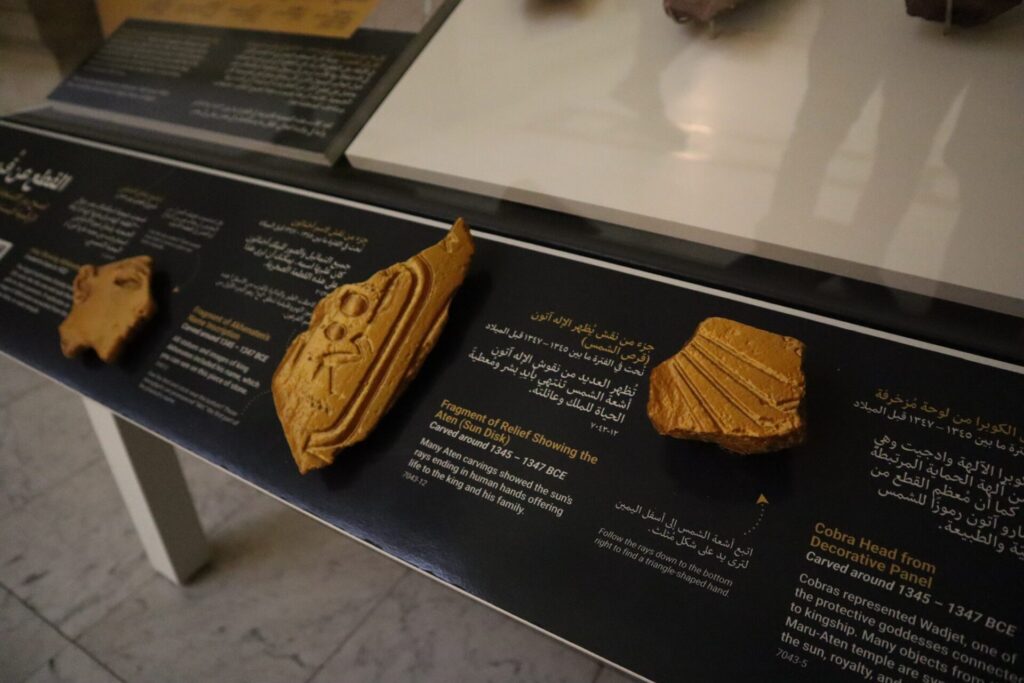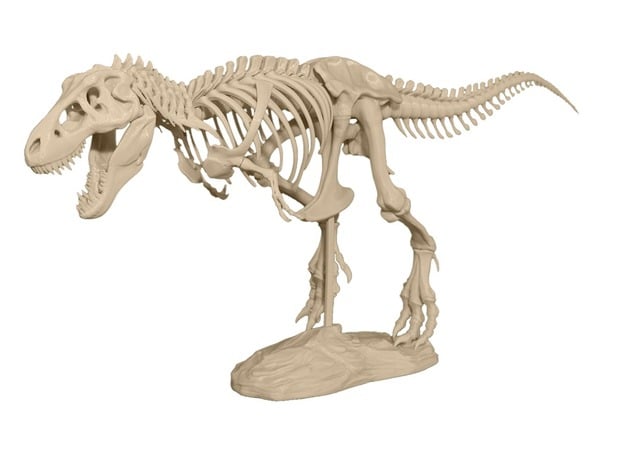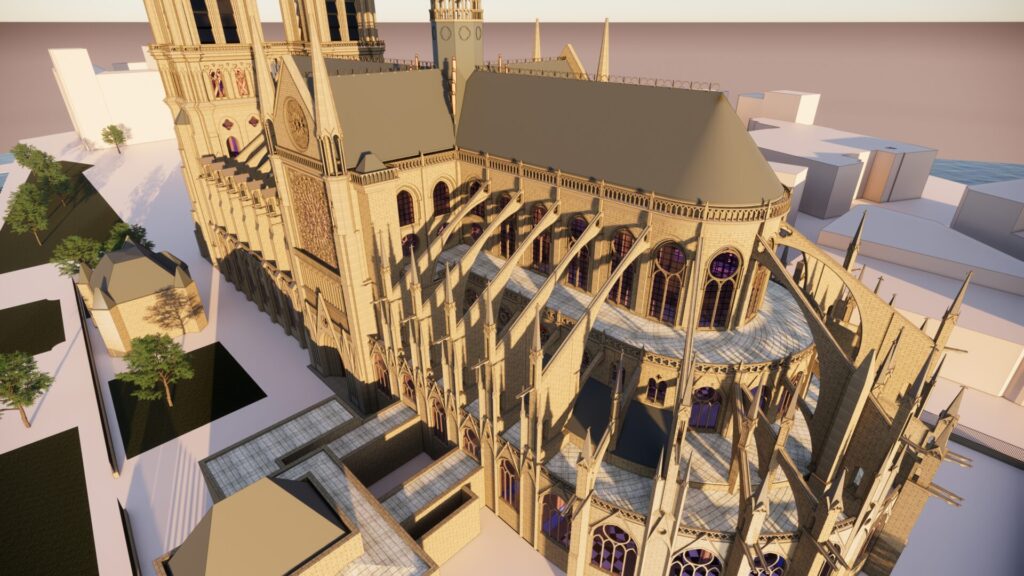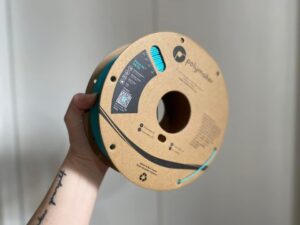A few months ago we were approached by the Carnegie Museum of Natural History in Pittsburgh, PA to create 3D prints of some of their Egypt exhibit artifacts. These 3D printed replicas were put on display and give museum goers the opportunity to touch the pieces of history and explore them in new and interactive ways. This project was an awesome opportunity for us and showed us just how valuable 3D printing is for educational facilities like museums.
Enhancing museum exhibits is just the beginning of how 3D printing can help us explore and preserve the history of our world. In this post we will explore some of the unique uses of this technology in the education industry.
Enhancing Museum Exhibits
As discussed before, we were able to help the Carnegie Museum of Natural History create a unique, interactive display in their Egypt exhibit by 3D printing replicas of some of their artifacts. These artifacts were originally scanned by a team at the University of Pittsburgh using 3D scanning technology to get detailed, digital renderings of the pieces. We then took these 3D digital files and were able to send them to our printers to create scale replicas. We printed them in high quality so that every texture detail of the stone could be seen and touched.

Museums have long been trusted guardians of history, preserving artifacts and presenting them to the public. With this 3D printing process, museums can now create exact replicas of fragile or rare artifacts, allowing visitors to experience history in a more tangible and interactive way. These replicas can be touched, examined closely, and even manipulated, providing a deeper understanding of historical objects that would otherwise be kept behind glass.
Enriching History Lessons

History can sometimes be considered a boring subject, but it’s mostly due to the way it is traditionally taught to students. After all, it’s in the past so all you can really do is read about it! That’s where having interactive teaching tools like replicas and dioramas come in handy for really bringing the past back to life. Students have been found to have improved academic performance when given interactive lessons as opposed to traditional learning methods such as lectures and readings. 3D printers are helping make interactive lesson tools more accessible to teachers of all levels of education.
Armed with a 3D printer, educators can produce replicas of countless historical items to show to their students. From something as simple as a diorama of a historical place, to actually recreating past technologies to show how they work, 3D printing is truly a magical portal into the past.
Check out some of these great historical 3D printed replicas you can download and print yourself:
RMS Titanic 1/500th Scale Model
Preservation of Fragile Artifacts
Preserving delicate historical artifacts is a challenging task for museums and heritage organizations. Constant exposure to light, humidity, and handling can deteriorate these valuable objects over time. However, 3D printing offers a solution by allowing museums to create accurate replicas that can be displayed to the public while the originals are safely stored away. This not only safeguards the artifacts but also extends their accessibility and promotes research opportunities.
3D printed replicas of historical artifacts can be sent to numerous facilities at once, so multiple research teams can be observing the same pieces as the same time. There’s no need for someone to travel to the location of the piece or risking transporting or shipping it.
Reconstruction of Lost/Damaged Artifacts
Throughout history, countless artifacts have been lost or damaged due to various factors, including natural disasters, wars, and neglect. 3D printing technology enables experts to recreate these lost treasures in amazing detail. By utilizing historical data, photographs, and meticulous research, specialists can digitally reconstruct and then print missing or damaged parts. This process not only aids in understanding the artifact’s original form but also contributes to the preservation of cultural heritage.

Democratizing Access to Historical Artifacts
One of the lesser known but very significant advantages of 3D printing is its ability to democratize access to historical artifacts. By sharing 3D models of artifacts online, museums and cultural institutions can provide virtual access to their collections, making history more inclusive and accessible to a global audience. This approach allows researchers, students, and enthusiasts from around the world to examine and study artifacts that may be physically distant or difficult to access.
More free access to historical objects makes for better understanding of history, which ultimately leads to a more understanding society.
We loved being able to participate in the Egypt exhibit project with the Carnegie Museum of Natural History. It was a really fun opportunity to see these artifacts in a very unique way, and we’re proud to be able to make history and education more accessible to more people.
If you’re in the education field and would like to bring something to life for more interactive and engaging lessons, feel free to reach out to us to talk about your printing project!


